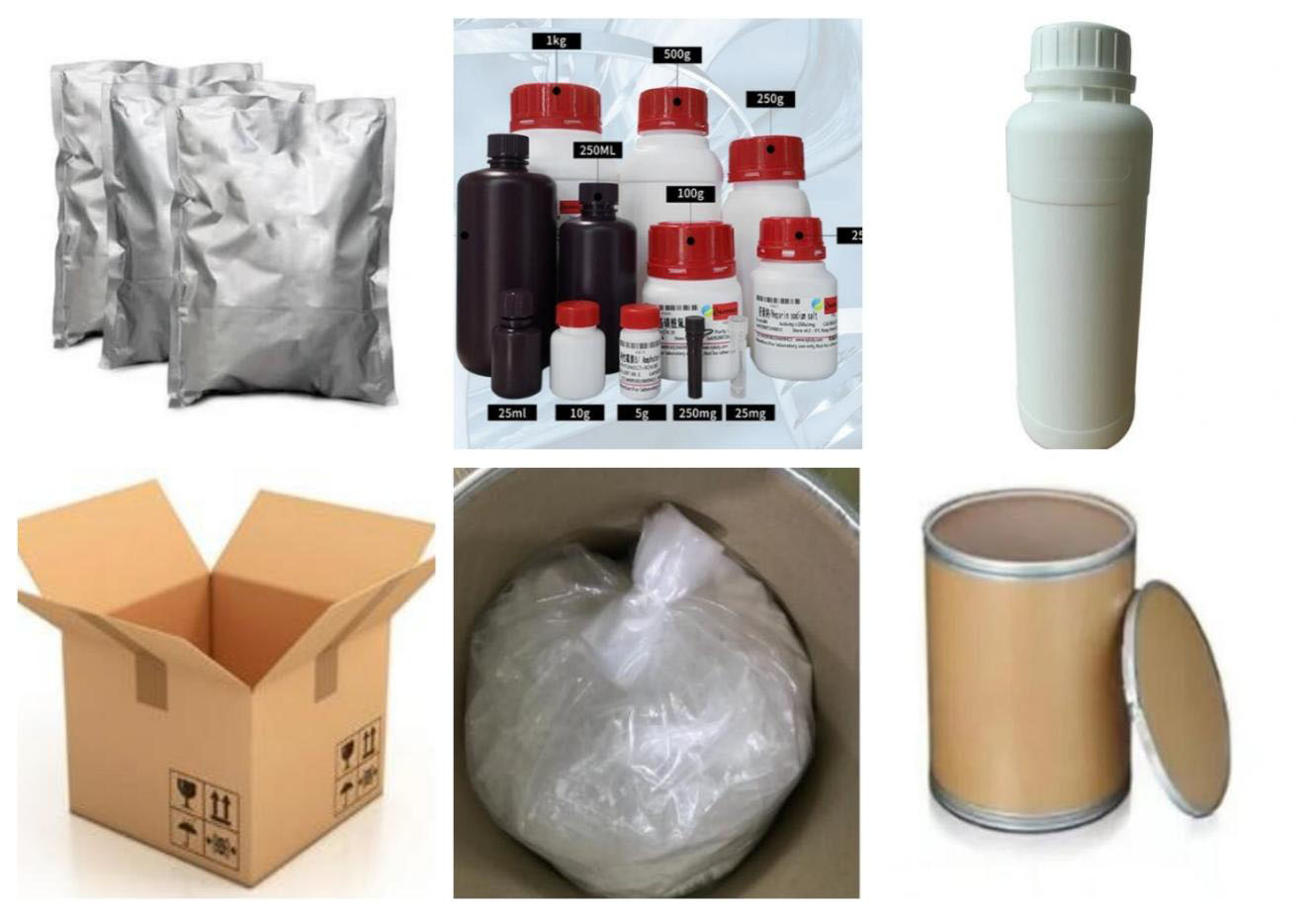Application and Effect
pH stabilization: TAPS is often used as a buffer to stabilize the pH of solutions in various experiments and applications. It has a pKa near physiological pH, around 8.5, making it particularly suitable for maintaining a steady pH in biological systems. Protein studies: TAPS is widely used in protein biochemistry and structural biology studies. It is commonly employed as a buffering agent for protein solutions and buffers to maintain the protein's native conformation and stability during purification, storage, and experiments. TAPS is especially useful when working with proteins that are sensitive to pH changes. Enzyme assays: TAPS is frequently used as a buffer in enzymatic assays, where the pH needs to be controlled precisely. Its exceptional buffering capacity and stability make it a preferred choice for a wide range of enzymatic reactions. Cell culture: TAPS is often included in cell culture media as a buffering agent to maintain optimal pH conditions for cell growth. Its biocompatibility and stability make it useful for a variety of cell types in both research and industrial applications. Electrophoresis: TAPS can be used as a buffering agent in gel electrophoresis techniques, such as SDS-PAGE (Sodium Dodecyl Sulfate Polyacrylamide Gel Electrophoresis). It helps to maintain a stable pH during the separation and analysis of proteins, nucleic acids, and other biomolecules.Product Packing:

Additional Information:
| Composition | C7H16NNaO7S |
| Assay | 99% |
| Appearance | White powder |
| CAS No. | 105140-25-8 |
| Packing | Small and bulk |
| Shelf Life | 2 years |
| Storage | Store in cool and dry area |
| Certification | ISO. |
